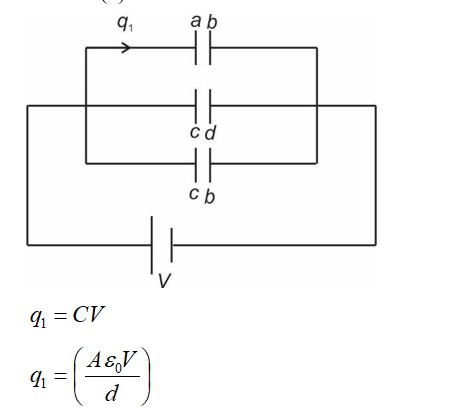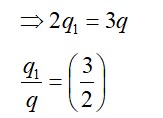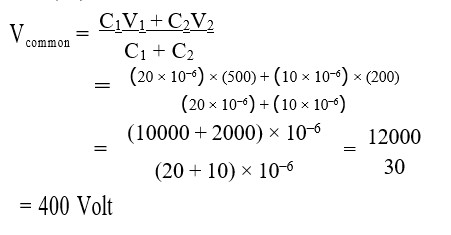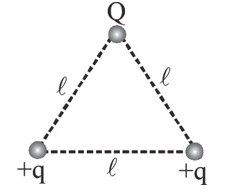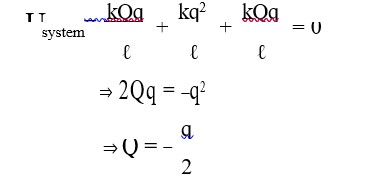Given below are two statements: one is labelled as Assertion A and the other is labelled as Reason R.
Assertion A: The potential (
) at any axial point, at 2 m distance (
) from the centre of the dipole of dipole moment vector
of magnitude,
, is
.
(Take
SI units)
Reason R :
, where
is the distance of any axial point, situated at 2 m from the centre of the dipole.
In the light of the above statements, choose the correct answer from the options given below:
Given below are two statements: one is labelled as Assertion A and the other is labelled as Reason R.
Assertion A: The potential ( ) at any axial point, at 2 m distance ( ) from the centre of the dipole of dipole moment vector of magnitude, , is .
(Take SI units)
Reason R : , where is the distance of any axial point, situated at 2 m from the centre of the dipole.
In the light of the above statements, choose the correct answer from the options given below:
Option 1 -
Both and are true and is the correct explanation of .
Option 2 -
Both and are true and is NOT the correct explanation of .
Option 3 -
is true but is false.
Option 4 -
is false but is true.
-
1 Answer
-
Correct Option - 3
Detailed Solution:The potential at any point, at distance from centre of dipole
At axial point where
At axial point where
Similar Questions for you
For force between q1 and q2 is maximum, q1 = q2
When positive charge moves from low potential to high potential region, work is done against electric field and potential energy increases.
Taking an Exam? Selecting a College?
Get authentic answers from experts, students and alumni that you won't find anywhere else
Sign Up on ShikshaOn Shiksha, get access to
- 65k Colleges
- 1.2k Exams
- 679k Reviews
- 1800k Answers


